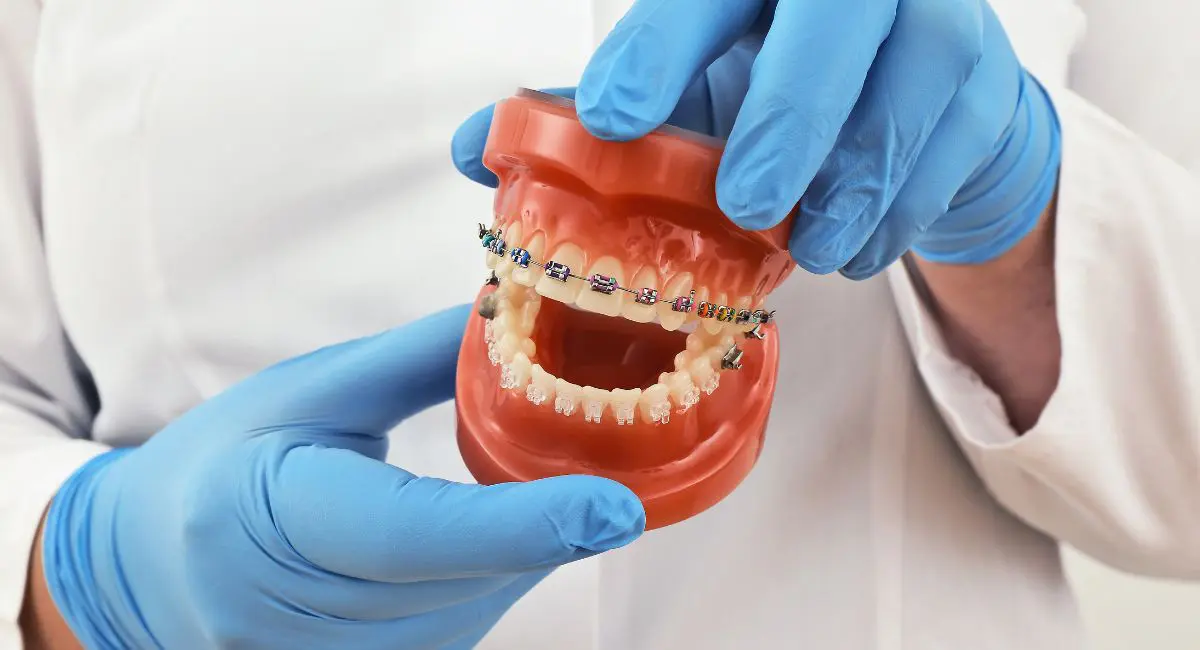
Power Chains on Braces: Everything you Need to Know
Most of us have heard about dental braces. These appliances are bonded to our teeth and used to realign crooked and misaligned teeth. If you consider getting braces for straightening your teeth, you might have come across the term “power chains.” Although power chains are also orthodontic appliances like braces, they differ in their mechanism of action.
This blog will discuss everything you need to know about power chains on braces and their uses in orthodontic treatment. So, read on to find out more.
SCHEDULE A CONSULTATION
What are Power Chains on Braces?
Typically, orthodontists use elastic bands – also called ligatures – to attach the orthodontic wire to each tooth’s bracket. Therefore, each dental bracket has its ligature. On the other hand, a power chain is an elastic band with many elastic ligatures connected, giving it a chain-like appearance. So, when power chains are applied to the dental brackets, they do away with the need for individual ligatures for each tooth. Power chains are made of polyurethane-based polymers, which makes them flexible and resilient.
What do Power Chains on Braces do?
- Closing excessive gaps between the teeth
- Ensuring even spaces between the teeth
- Performing complex tooth movements like rotations
- Correcting the midline of the teeth
- Performing fine-tuning at the end of treatment with braces
How do Power Chains Work?
What are the Different Types of Power Chains?
Power chains come in different sizes, lengths, and colors. Therefore, depending on the individual sizes and spaces between your teeth, your orthodontist will choose an appropriate power chain. Similarly, like individual ligatures, power chains come in different colors. So, one can choose the color of their power chains based on their preference. Some commonly available colors are: red, blue, black, orange, purple, and white. Your orthodontist may also suggest a suitable power chain color that best suits your personality and tooth shade.
What are the Benefits of the Power Chains?
By now, you might be wondering about the benefits of using power chains. The fact is that power chains do offer some advantages over individual elastic ligatures for braces. These include:
- Faster Tooth Movement when closing spaces – power chains are highly elastic, even more so than individual ligatures. Therefore, they can accelerate tooth movement
- Easier to Apply – compared to individual bracket elastics, power chains are easier to apply. Your orthodontist will remove the ligatures and replace them with a power chain when you are at that stage of treatment.
- Customizable – your dentist can easily customize the length of the power chains based on the number and location of the teeth that need to be realigned or moved.
How to Look After Power Chain Braces?
Taking care of power chains is straightforward. However, one must maintain optimal oral hygiene around the brackets and the teeth. Poor oral hygiene may result in plaque and tartar deposits, causing gum disease risk. Therefore, if you are wearing power chains, brush your teeth at least twice daily and floss once daily for optimal results. Finally, one must also check their power chain in the mirror daily to check whether they are engaging all the teeth. In case the power chain is broken, one must contact their orthodontist right away to get it replaced. One should also avoid hard and sticky foods as they may cause dislodgement of the brackets or the power chain.
The only drawback associated with them is that they become brittle over time, and the force they exert decreases over time. Hence, they require replacement which will be determined by your orthodontist. So, if your orthodontist has recommended power chains for your treatment, there is no need to worry! They will improve the esthetic and functional outcome of your treatment.
